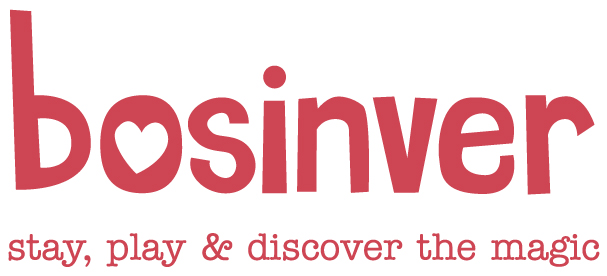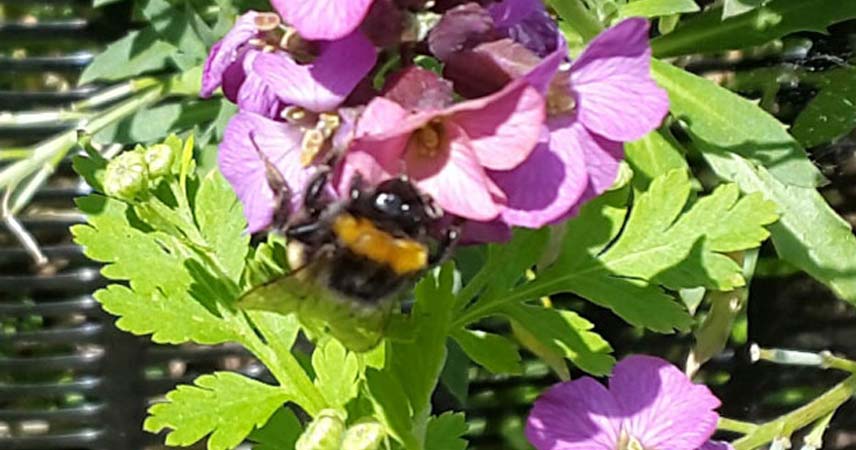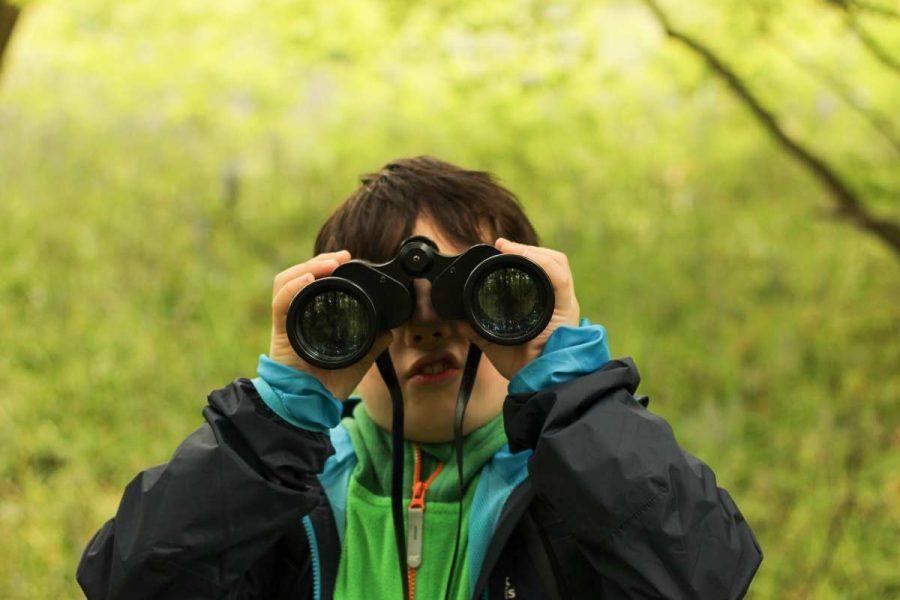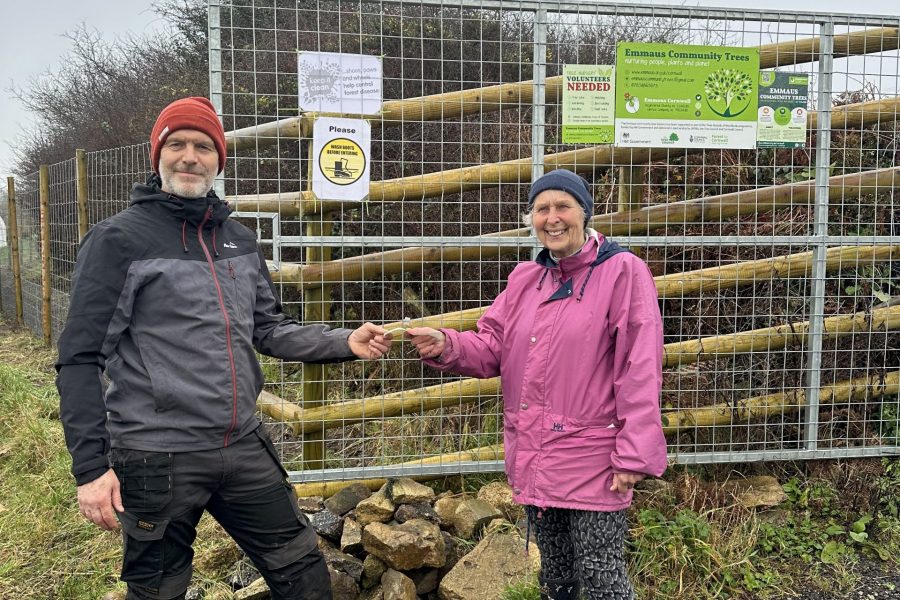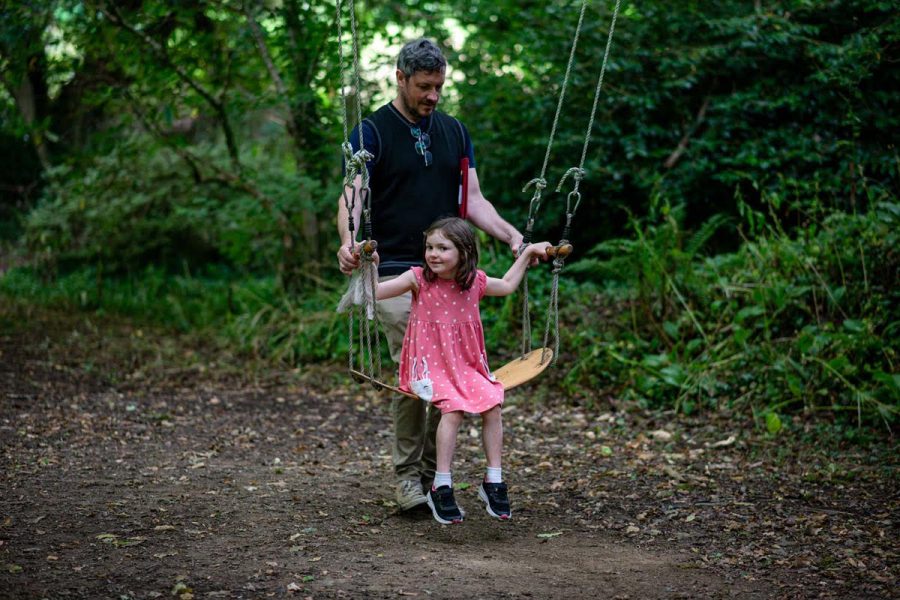The latest ReBoot workshop organised by CoaST (Cornwall Sustainable Tourism) was a pollinator day at Heligan and Bosinver. Bee expert Brigit Strawbridge joined us for the day to investigate the work being done to encourage pollinators by enriching their habitats.
The day began at Heligan by looking at the fields of poppies on the site used to stage last year’s brilliant piece of living theatre marking the 100th anniversary of the start of the Great War.
Brigit pointed out that poppies have a ‘landing strip’ of obvious pollen which bumblebees collect in a circular motion.
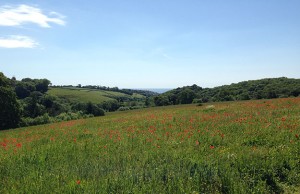
We then moved on to the site of the forthcoming visible hive which will be sited in a swanky new building shaped like a beehive. Heligan is supporting the B4 project which is seeking to save the remaining population of the native Black Honey Bee in Cornwall. This bee is thrifty, non-prolific and long lived. It flies at lower temperatures in light rain or drizzle and can adapt to fluctuating weather conditions, which foreign imported bees often struggle to do.
Heligan has a brilliant massive bug hotel, facing due south and attracting many solitary bees. A variety of materials were used in its construction but the bees seemed to prefer the open tubes of bamboo to site their nests. We found and identified a Red Mason bee and Carder bee and we discovered that male bees have moustaches!
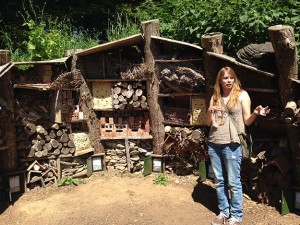
For demonstration purposes, Heligan has produced cornfield wild flowers, annual plants that used to follow the arable crops when the fields were left fallow after corn. As we strive for ever greater production targets, farmers tend to spray everything off so as to plant the next crop into bare fields as these cornfield flowers are becoming fewer and fewer. It was a joy to see the Cornish hay meadow, traditionally farmed and allowed to seed before being cut for hay, very natural and very Cornish.
Lastly we had a peep in the hide which housed some exceptional interpretation material as well as live webcams showing the interior of a barn owl nest containing mum and two chicks, plus a mouse/vole feeding station with a brown field mouse happily munching away – oblivious of being a film star.

After a quick bite of lunch it was on to Bosinver to show the group what we are doing to encourage wildlife and how we inspire our guests to help us.
All our staff love creatures of all kinds and have a genuine interest in their welfare. Our 30 acres has an amazing diversity of habitat from marshy wetland to hay pasture. We have commissioned reports on the wildlife value of our fields and hedges and luckily they are all showing good results. We’re now taking steps to encourage a more diverse range of species by coppicing, sowing some wildflower meadows, fencing the animals out of our wetland and undertaking some more stringent rabbit/pony grazing control.
We showed the group how we encourage guest families to get outside and play, including a visit to our Wild Kids Hudel Hut and a chance to wander around our discovery trails in the woods. The afternoon was rounded off with a mapping session from Caroline Robinson of Clear Mapping to help map our results.
At the end of the day we felt very inspired and determined to do even more to help support our native wildlife.
PS: If you’d like to help encourage bees to visit your garden, why not make your own bug hotel?
